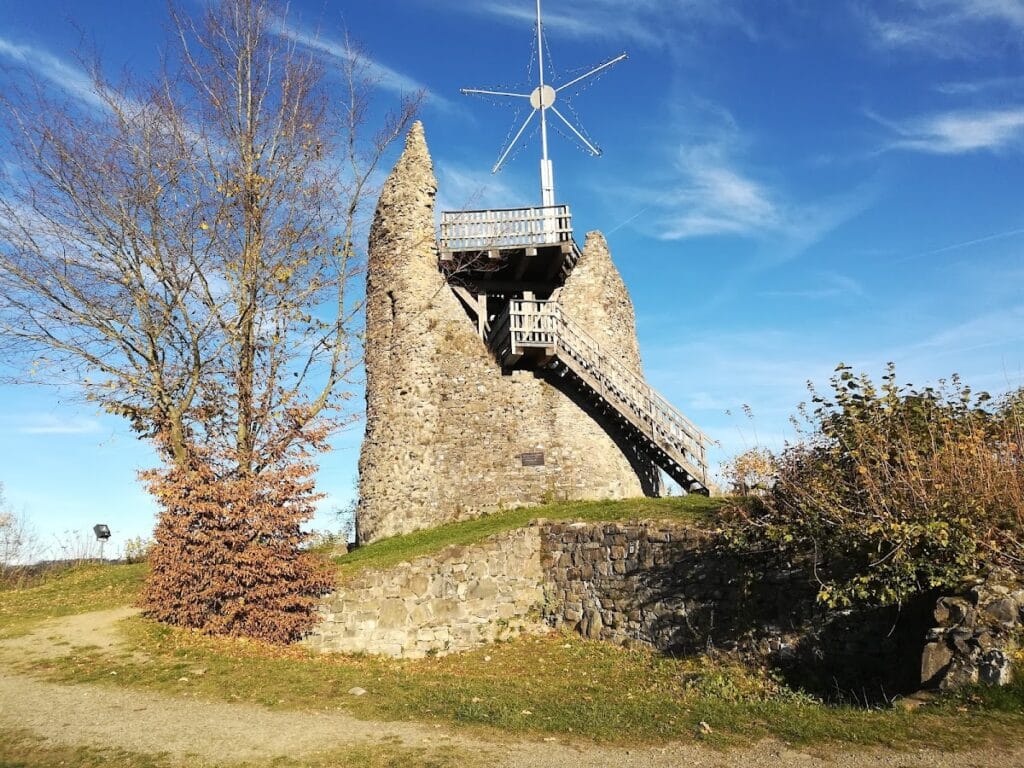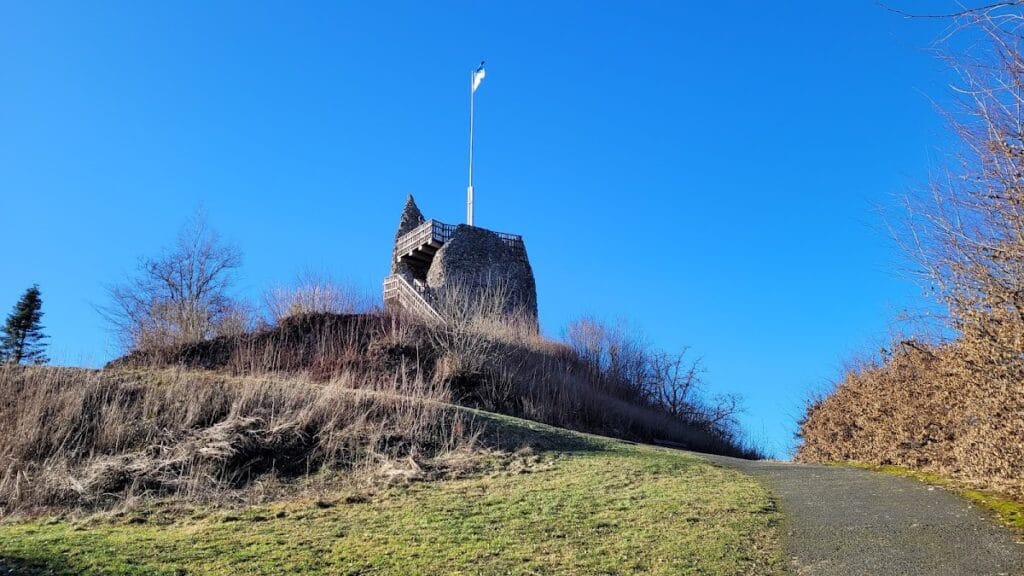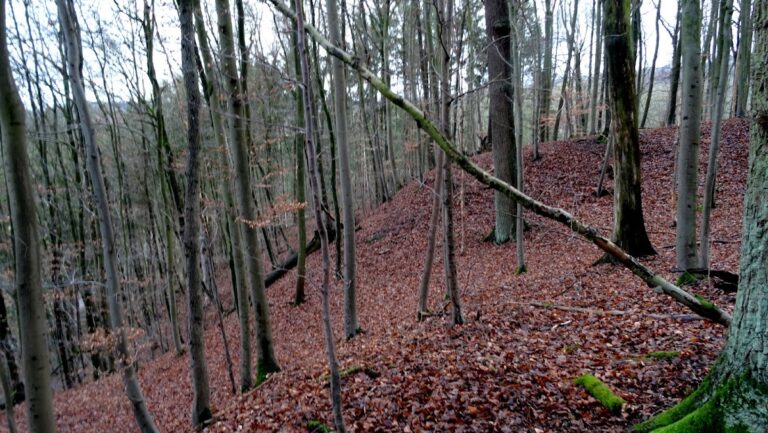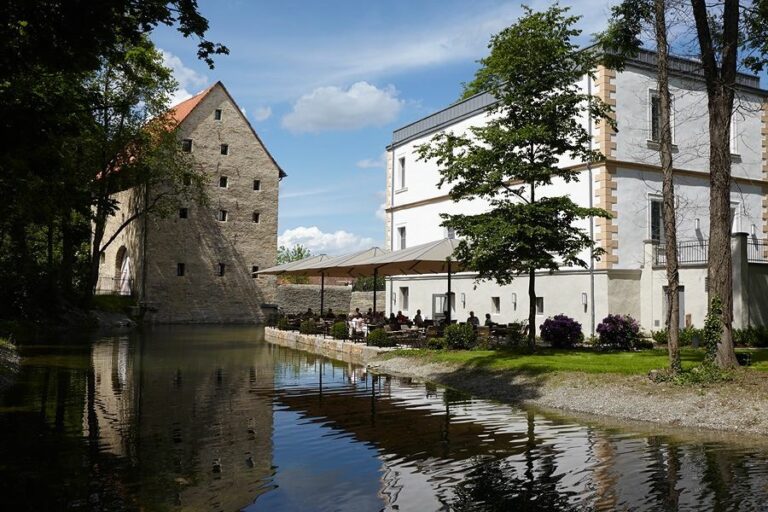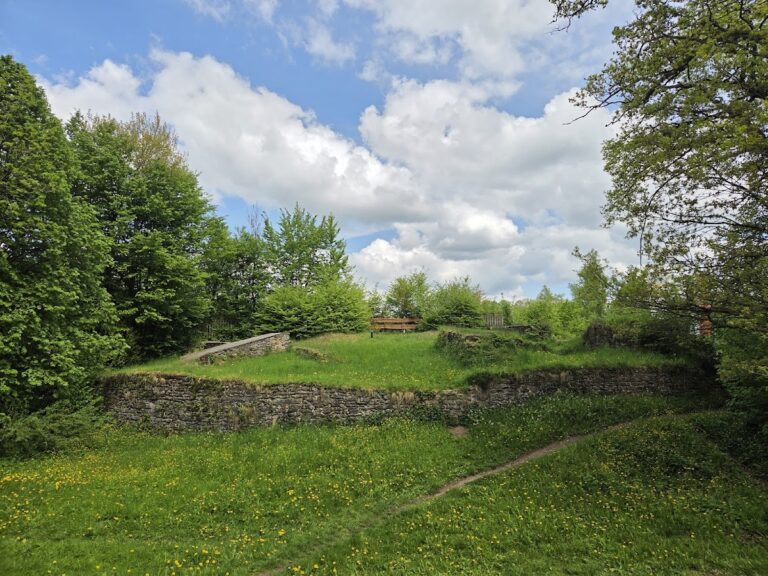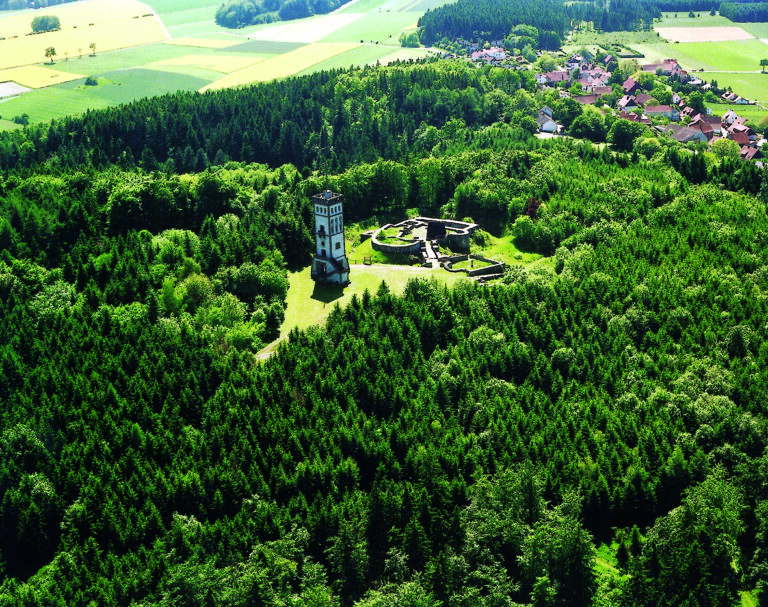Burg Eversberg: A Medieval Castle Ruin in Meschede, Germany
Visitor Information
Google Rating: 4.5
Popularity: Low
Google Maps: View on Google Maps
Official Website: www.eversberg.de
Country: Germany
Civilization: Medieval European
Remains: Military
History
Burg Eversberg is a medieval castle ruin positioned in the municipality of Meschede, Germany. Its origins date back to the early 12th century and are tied to the local nobility of the time.
The initial construction of the castle most likely took place between 1093 and 1124. This early phase is attributed to a nobleman known as Count Eberhard von Arnsberg, though details about his life and lineage remain scarce. The castle’s creation during this period reflects the efforts of regional lords to establish fortified residences and territorial control shortly after the High Middle Ages began.
In 1235, a significant event reshaped the castle’s history: Burg Eversberg was destroyed by fire. This destruction was followed by a rebuilding effort led by Count Gottfried III von Arnsberg. His reconstruction aimed to strengthen the castle’s defenses to protect his holdings against the neighboring Electorate of Cologne, indicating the ongoing territorial rivalries in the region.
Seven years later, in 1242, Count Gottfried III further cemented the castle’s importance by founding the town of Eversberg directly at the castle site. He granted the settlement Lippish town rights, a form of legal status that allowed certain self-governance and economic privileges. This act illustrates the castle’s role not only as a military stronghold but also as a center for regional administration and community development.
From the 16th century onward, Burg Eversberg gradually lost its military and administrative significance. The castle was abandoned and allowed to fall into ruin over the following centuries, leading to the fragmentary remains observed today.
Remains
Burg Eversberg’s ruins are situated atop Schlossberg hill, which stands at 453 meters above sea level. This elevated position offers commanding views over the Ruhr valley and the surrounding Sauerland mountains, a strategic advantage when the castle was in use.
Among the surviving structures, the most prominent is the stump of the bergfried, a term for the castle’s main tower. The bergfried would have served as a final defensive refuge and observation point within the fortress. While the original tower no longer stands in full, a wooden viewing platform has been installed at about 7.5 meters in height in more recent times, providing a vantage point from the remaining tower base.
The rest of the castle is represented by only limited wall fragments, giving a sense of the original layout but reflecting substantial loss over time. These remnants reveal how much of the castle has disappeared due to decay and lack of maintenance after its abandonment. No recorded inscriptions, decorative elements, or archaeological artifacts such as tools or pottery have been documented from the site.
Overall, the present ruins at Burg Eversberg offer a glimpse of the castle’s former presence while illustrating the extensive changes it has undergone through seven centuries of history.
